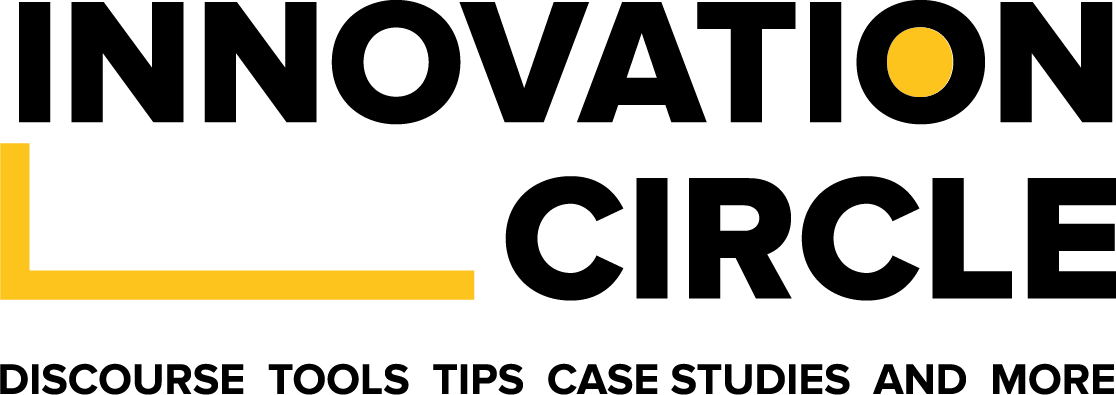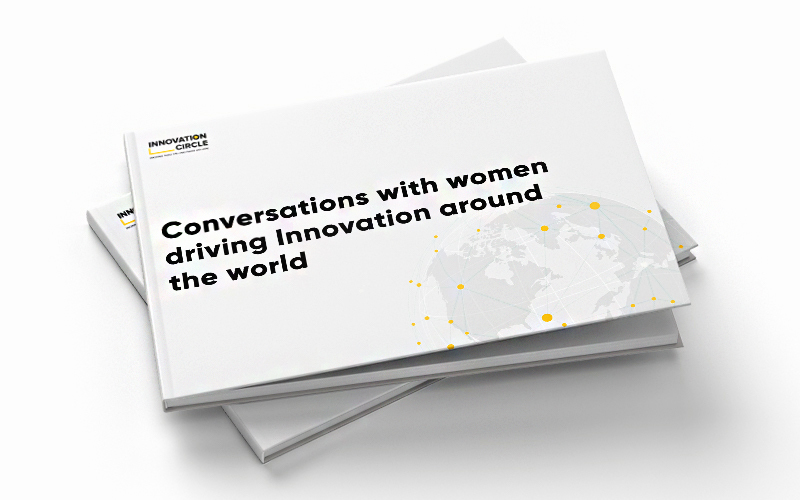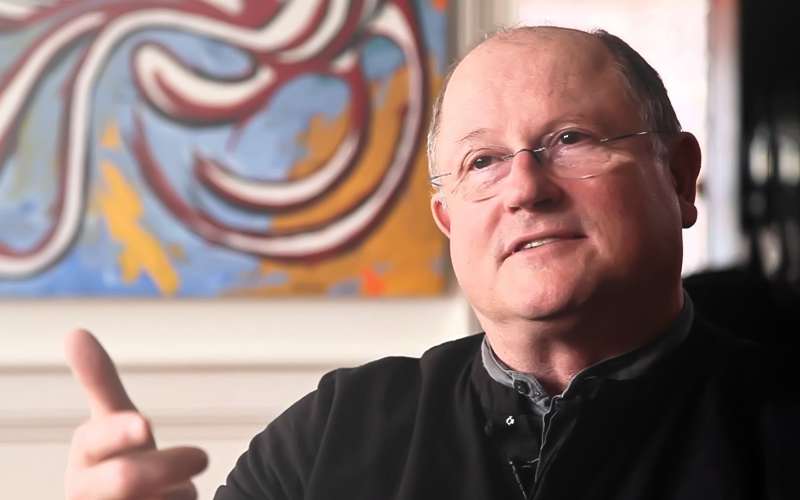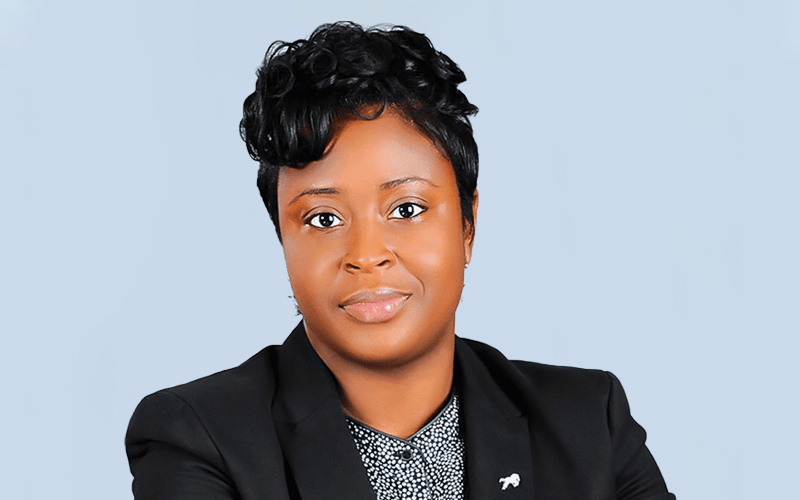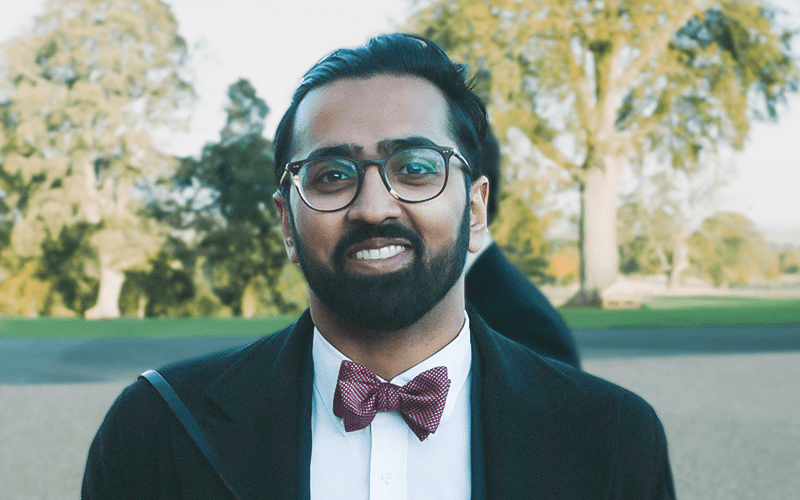
A Conversation with Faiz S. Hussain, Founder of Creation + Practice
“Innovation means something different to everyone who uses the term. It could be the opposite of tradition – something completely new – it could be the recontextualisation of a product or service to a new market, or the bundling or decoupling of services as they stand.”
Tell us a little bit about your journey to your current position as Founder and Social Business Designer at Creation + Practice. What led you on this path?
I didn’t arrive here consciously, to look backwards rationalises a series of chaotic decisions into a sensible stream of progress. I freelanced as a self-taught designer from High School to Graduate School; stretching my ability, working on increasingly elaborate projects from publicity to publishing to patient management systems for private hospitals.
With each project, I went deeper into how my clients’ businesses worked, their operating environments and how their insides matched their outsides. With more trust, I was given more leeway to inspect their business models and be a critical voice; pushing the discourse higher and farther from ‘Business Design Light’ to ‘Business Design Heavy’ (Tanimoto) under the banner of human-centring operations and sustainability.
I’ve worked on a range of businesses from smart textiles, brick-and-mortar stores in China, aerosol bitters for cocktails, agricultural education in East Africa, the first craft beer for a Taiwanese palette to athletic tourism platforms. Each experience has challenged me to make my practice more robust and adopt a ‘beginner’s mind’.
Within the next few years, I aim to build a venture studio, codifying what I’ve learned in client services and creating a space for venture origination by committee, within its own independent fund to meet citizen success, open source and circular economic ideals.
What are your thoughts on (Business) innovation as it is currently approached around the world?
From the outside looking in, innovation means something different to everyone who uses the term. It could be the opposite of tradition – something completely new – it could be the recontextualisation of a product or service to a new market, or the bundling or decoupling of services as they stand. I think the best tangible examples are ‘leapfrogs’, where a business impels adoption from one technology to an unexpected one several levels of complexity higher. Consider how payments in China jumped from cash to debit digital payments (and the insurance that sits on top of that platform), ‘skipping’ Credit Cards and lo-fi digital wallets.
“… innovation means something different to everyone who uses the term. It could be the opposite of tradition – something completely new – it could be the recontextualization of a product or service to a new market, or the bundling or decoupling of services as they stand.”
What are your key responsibilities as a Social Business Designer?
I work with Founders to help them originate and refine new business ideas, products and services, within the scope of the mission of their organisation. No two projects are the same, and I work across a variety of sectors from Enterprise Technology to Agriculture to Cosmetics and Craft Beer.
The stock definition of a Business Designer is one who originates new venture activity and its ecosystem along the axes of technical feasibility (invention with traditional and/or innovative technology), financial viability (sustainable segments, partners and supply chains) and human-centred desirability (from the margins to centre). I use these axes as a guide to segment and respell Founders as Inventors, Optimisers and Visionaries respectively, reflecting their starting point and the work to be done.
A Social Business Designer takes this further to consider systems, ethical externalities (non-user-centricity, ethical hacking), future speculation, social impact, regulation, intercultural sensitivity and organisational dynamics (can a process survive within a larger organisation?). These are emerging aspects that I’m working to codify and integrate into my practice.
“I think the best tangible examples [of innovation] are ‘leapfrogs’, where a business impels adoption from one technology to an unexpected one several levels of complexity higher. Consider how payments in China jumped from cash to debit digital payments, ‘skipping’ Credit Cards and lo-fi digital wallets.”
What tools do you use when designing for businesses?
Business Design is undergoing a bit of a ‘prime canvas’ moment. Not a week goes by, when someone introduces a new sheet of paper with boxes to better segment and categorise business and impact strategy. The verdict is still out on which are the real winners, but I have my favourites: Julian Cole’s “Planning Dirty” and verynice’s “Models of Impact”, as well as the standard offerings from Strategyser and the “This is Service Design” series.
Aside from those well-heeled tools, I lean heavily on my training in User Research and Area Studies. I use discourse analysis in particular to delineate the boundaries of organisational silos, what makes a user a user and what lies systemically within the remit of a business, product or service.
How would you define innovation based on your experience?
I don’t like using the word “innovation”, as it feels like a false, inconstant idol in an everchanging world, but I consider the benefit of innovation to be the rejuvenation of a business, fully assimilating new technology, toward a path of sustainable development; where no two businesses that innovate can arrive there by the same, replicable, linear means.
“[My favourite Business Design Tools are]: Julian Cole’s “Planning Dirty” and verynice’s “Models of Impact”, as well as the standard offerings from Strategyzer and the “This is Service Design” series.”
How do you handle factors that hinder innovation within your (clients’) organizations?
Innovation is often placed at odds with the tradition or heritage of the company or industry that I work with, which is not always a good thing. Many companies downplay their own strengths to take risks on what might come next. As I’m bought in as an external to run these processes, I’m often in a position to throw out the rulebook, and that can be a mistake. The best collaboration is in the open, when all stakeholders get the opportunity to participate in the work we’re doing.
“Innovation is often placed at odds with the tradition or heritage of the company or industry that I work with, which is not always a good thing. Many companies downplay their own strengths to take risks on what might come next.”
Does your team run ideation sessions, problem solving sessions and the like? If so, can you shed light on some of your processes?
I’m always a little weary of giving too much attention or weight to a set process when it comes to ideation and problem solving. Almost all of the best hypotheses and solution in my working career have arisen in the most incidental phases; after the meeting is formally over or a stray insight when my team and I are looking at a problem fresh. More generally, our sessions are to create the parameters of play; aligning on what we want to achieve, and not worrying about how we get there; giving people permission to go deep, be creative and intellectual (which looks different in different people).
Which companies do you admire most for their approach to innovation? Can you share what caught your attention?
There are quite a few companies and groups that really bring attention to the field. Most recently, I’ve been really impressed with the in-roads Board of Innovation have made to demystify what innovation looks like to corporates, and the opensource initiatives taken by verynice to bring best practices to the firms that need it most.
What advice would you give to professionals looking to improve their career in business design, strategy or innovation leadership?
Look beyond the industry that you currently work in and learn from other fields. Business Design is already a diverse field, people arrive from all over the place: finance, other parts of design, product management and marketing; prior experience in another field actually enriches your practice.
Make it your responsibility to raise your level of discourse; write to develop your language (as a translator from needs to action), find depth (mediate ambiguity and complexity) and explore emotional intelligence; three things that will make you indispensable.
What #innovationmoment are you most proud of in your role as Business Designer?
It might seem counterintuitive, but my most proud moments have been the times I’ve shut down or said ‘no’ to a superfluous initiative, and pushed my clients to follow their values over the next trend. A sustainable business starts and ends with its values, with a model that brings these values to life.
If you could build a company from the ground up, what systems would you take from existing companies across the globe to build yours?
My clients and I constantly review our systems and operating procedures for better ways of collaborating. R/GA is a great example of a long-standing business that regularly interrogates its own existence, mission statement, business model and objectives for the short-, medium- and long-term – it’s an anomaly that has become increasingly relevant in our era of acceleration.
New startups, social enterprises and small businesses have an understated advantage over their forebears – they can freely experiment and adopt new systems. It’s something few of the clients I’ve worked with really appreciate. It’s very easy to slip into unnecessary administrative overhead, multi-platform anarchy and always-on synchronous communication. It takes a great deal of restraint to fashion good systems that maximise time for deep work, reflection and executive function to work less, with less duress and more creativity.
In my next venture, I’m considering these principles from the outset:
1. To be strict on the number of platforms; to factor in their switching cost and expiry dates from the outset – considering ‘Rundles’ like Microsoft Teams and Basecamp.
2. To reduce context (Erin Meyer’s term in ‘The Culture Map’) and build a multimedia knowledge base that operates as the ‘single source of truth’ for knowledge work – Notion, Coda, AirTable and Figma.
3. To favour open source over proprietary formats – we’ve lost some great tools along the way, so make sure everything can be ported to your next tool.
4. To be transparent and open source with as much of the work as possible to create information symmetry with those our work impacts and for others to build on our work abundantly.
5. To make privacy a centrepiece beyond the realm of regulation, collecting data thoughtfully and respectfully; e.g. don’t use ‘single-pixel tracking’ just because it’s easy.
6. To centre employee experience within our systems, affording autonomy and agency to teams to create better systems for themselves and others – akin to Stripe’s Operating Principles.
7. Appreciate that your employees are with you for a short time (in the grand scheme), make their time with you valuable, and be present to help them grow.
#innovationmoment
“but my most proud moments have been the times I’ve shut down or said ‘no’ to a superfluous initiative, and pushed my clients to follow their values over the next trend.”
